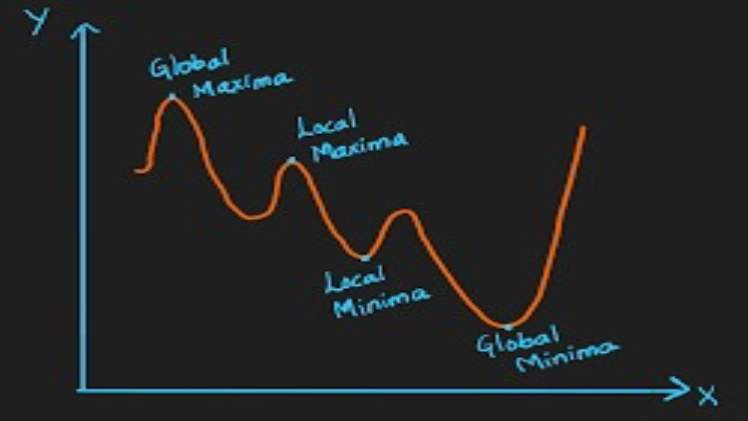Maxima and Minima in Data Science

The smallest value and largest value of a function are called minima and maxima, respectively. The two extreme values of a function can be located within a specified domain, within a range of values, or on the domain itself. These extreme values represent the limit of a certain function. It is important to remember that maxima are different from minima, because they can have different scales. In the context of data science, maxima and minima are used interchangeably.
The Maxima computer algebra system is based on a 1982 version of Macsyma and is written in Common Lisp. It runs on all POSIX platforms, including Mac OS X, Unix, BSD, and GNU/Linux. It is free software, distributed under the GNU General Public License. Although there are some minor updates to the code, the latest release is still largely the same as previous releases.
In mathematics, maxima and minima are the locations of maximum values. The maxima of a function are the points of infinite magnitude, and its minimum occurs at a point between two corresponding minima. Both global minima and maxima are examples of extreme values. In the case of the extreme value theorem, global maxima and minima are equivalent. If there are two global maxima and two minimal values, both will fall into the same extreme value.
A function’s minima and maxima are found by taking its derivative, and then putting these values on the critical points. These values indicate the local maximum or minimum values, while negative maxima are closer to the global maximum. For example, if f(x) = a, then a negative value is the local minimum. A positive value indicates a local maxima, and vice versa. A function’s minimum and maxima values will be related.

